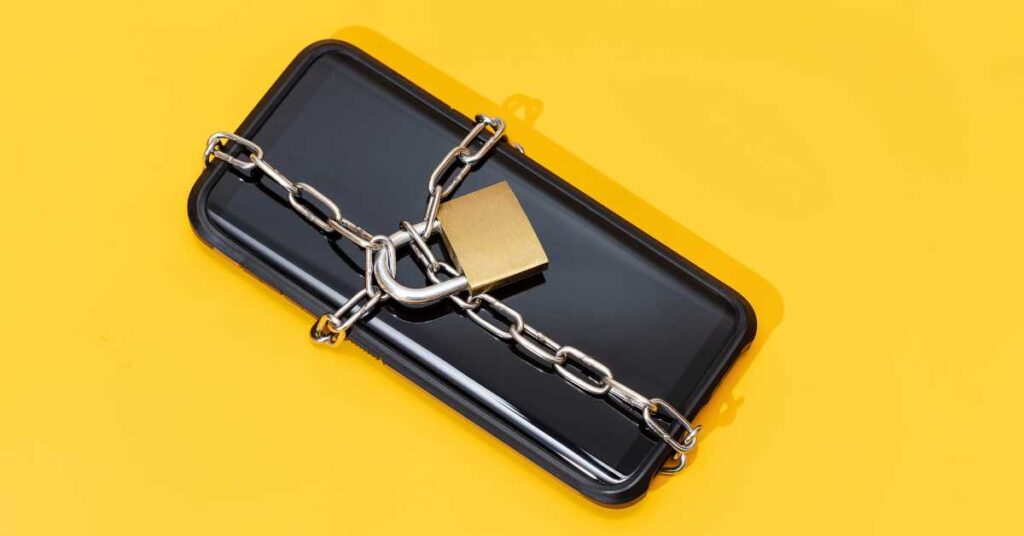Introduction
Personal devices, such as smartphones, tablets, and laptops, have become an integral part of our lives. However, with increased connectivity comes the need for robust security measures to protect our personal information and sensitive data.
This article explores the importance of device security, provides tips for securing personal devices, and offers best practices for protecting smartphones.
Understanding the Importance of Device Security
Risks of Inadequate Device Security
Inadequate device security exposes personal information and sensitive data to various risks, including unauthorized access, data breaches, identity theft, and malware infections. Without proper security measures in place, your personal and financial well-being may be compromised.
Benefits of Strong Device Security
Implementing strong device security measures offers several benefits. It helps safeguard your personal information, prevents unauthorized access to your device and accounts, reduces the risk of data breaches, and ensures the privacy and confidentiality of your data.
Securing Personal Devices
Keeping Software Up to Date
Regularly updating your device’s operating system, firmware, and applications is crucial for maintaining security. Software updates often include security patches and bug fixes that address vulnerabilities and protect against emerging threats.
Using Strong and Unique Passwords
Create strong and unique passwords for your device and accounts. Avoid using easily guessable passwords and consider using a password manager to securely store and generate complex passwords.
Enabling Biometric Authentication
Take advantage of biometric authentication methods, such as fingerprint scanning or facial recognition, if your device supports them. Biometrics provide an additional layer of security and make it more difficult for unauthorized individuals to access your device.
Installing Reliable Security Apps
Install reputable security apps on your devices to provide additional layers of protection. Antivirus software, anti-malware tools, and remote tracking apps can help detect and mitigate potential security threats.
Protecting Smartphones
Locking Your Phone with a PIN or Passcode
Set a PIN or passcode to lock your smartphone when it’s not in use. Choose a strong and unique code that is not easily guessable.
Using Facial Recognition or Fingerprint Authentication
If your smartphone supports facial recognition or fingerprint authentication, enable these features for an added layer of security. Biometric authentication methods are more secure than traditional passcodes or PINs.
Encrypting Data on Your Smartphone
Enable encryption on your smartphone to protect the data stored on it. Encryption converts your data into an unreadable format, making it difficult for unauthorized individuals to access your information.
Avoiding Unauthorized App Installations
Only download and install apps from official app stores, such as Google Play Store or Apple App Store. Be cautious of third-party app sources, as they may contain malicious apps that can compromise your device’s security.
Being Cautious of Public Wi-Fi Networks
Exercise caution when connecting to public Wi-Fi networks. Avoid transmitting sensitive information over unsecured networks, as they may be vulnerable to eavesdropping and data interception. Use a virtual private network (VPN) for secure browsing on public Wi-Fi.
Best Practices for Device Security
Regularly Backing Up Your Data
Regularly back up your data to external storage devices or cloud services. In the event of a device loss, theft, or failure, backups ensure that your important data remains safe and accessible.
Being Wary of Suspicious Links and Attachments
Avoid clicking on suspicious links or opening email attachments from unknown sources. These may contain malware or phishing attempts that can compromise your device’s security.
Avoiding Jailbreaking or Rooting Your Device
Avoid jailbreaking (iOS) or rooting (Android) your device, as it removes built-in security features and exposes your device to greater risks. Stick to the official operating system to maintain the highest level of security.
Using App Permissions Wisely
Review app permissions before installing them on your device. Grant only the necessary permissions required for the app’s functionality and be cautious of apps that request excessive access to your personal data.
Implementing Remote Tracking and Wiping
Enable remote tracking and wiping features on your device. These features allow you to locate your device if it’s lost or stolen and remotely wipe its data to prevent unauthorized access.
Conclusion
Securing personal devices, particularly smartphones, is essential for protecting personal information and sensitive data.
By following best practices such as keeping software up to date, using strong passwords, enabling biometric authentication, and implementing remote tracking and wiping, you can enhance the security of your devices and mitigate potential risks.
Prioritize device security to safeguard your privacy and maintain control over your personal data.
FAQs (Frequently Asked Questions)
- Why is it important to regularly update device software?
- Regular software updates include security patches and bug fixes that address vulnerabilities and protect against emerging threats. Keeping your device software up to date ensures you have the latest security enhancements.
- Is it necessary to use security apps on smartphones?
- While smartphones have built-in security features, installing reputable security apps provides an additional layer of protection against malware, viruses, and other security threats.
- What should I do if my smartphone is lost or stolen?
- If your smartphone is lost or stolen, use remote tracking features to locate it if possible. If retrieval is not possible, remotely wipe the device to prevent unauthorized access to your data.
- Can I use the same password for all my devices and accounts?
- It is not recommended to use the same password for all your devices and accounts. Using unique passwords for each account reduces the risk of multiple accounts being compromised if one password is compromised.
- How can I protect my smartphone when connecting to public Wi-Fi networks?
- To protect your smartphone when using public Wi-Fi, avoid transmitting sensitive information over unsecured networks. Use a VPN for encrypted browsing and ensure your device’s Wi-Fi settings are configured to avoid automatically connecting to unknown networks.
Note: The specific instructions and options for device security may vary depending on the operating system and device model. Always refer to the official documentation and guidelines provided by the device manufacturer for detailed instructions and the most up-to-date information.






